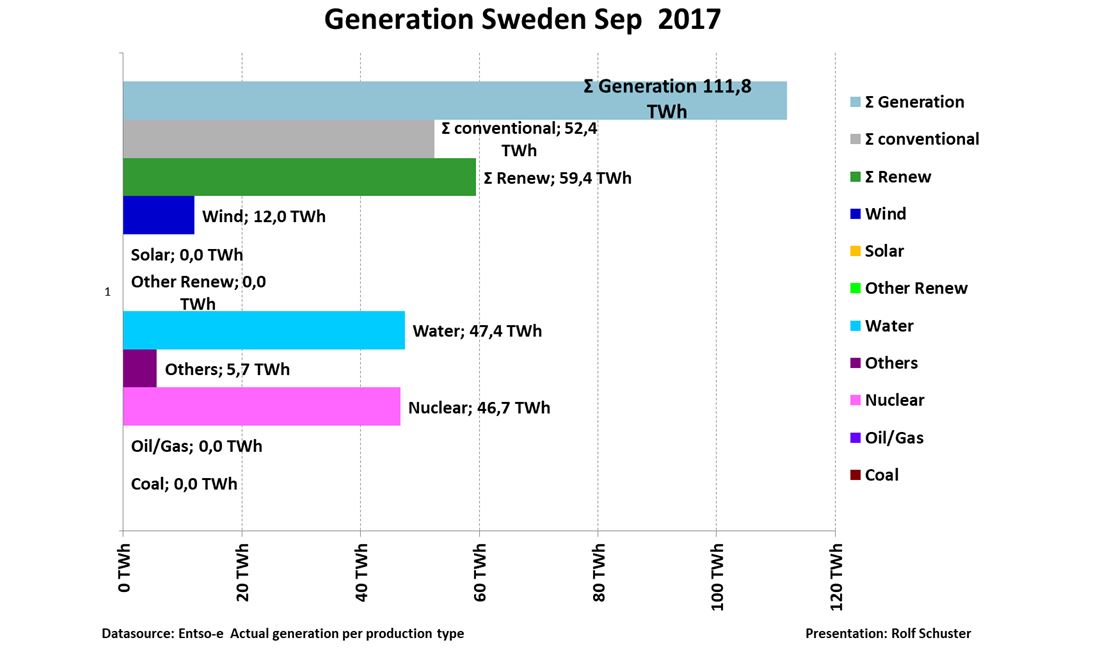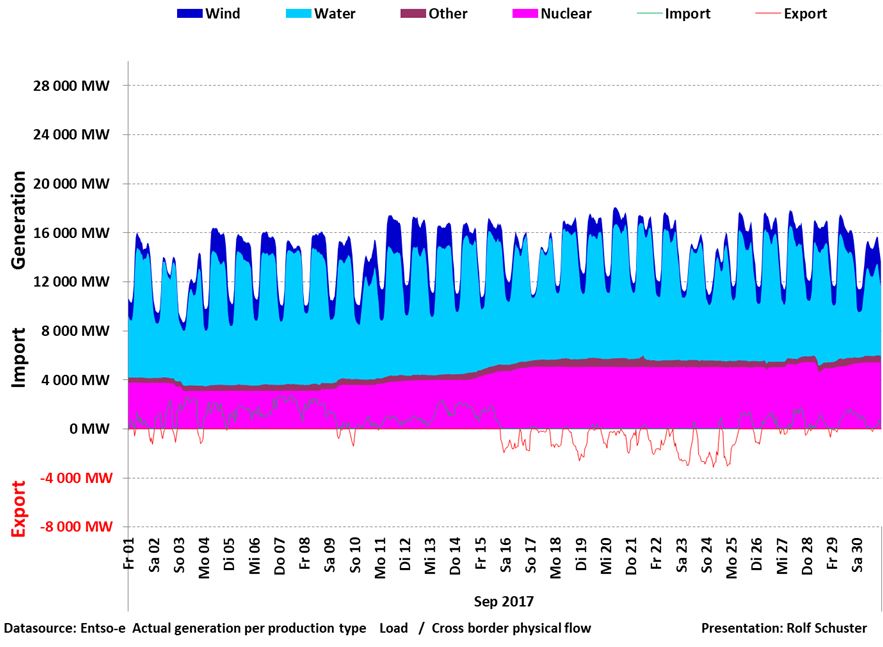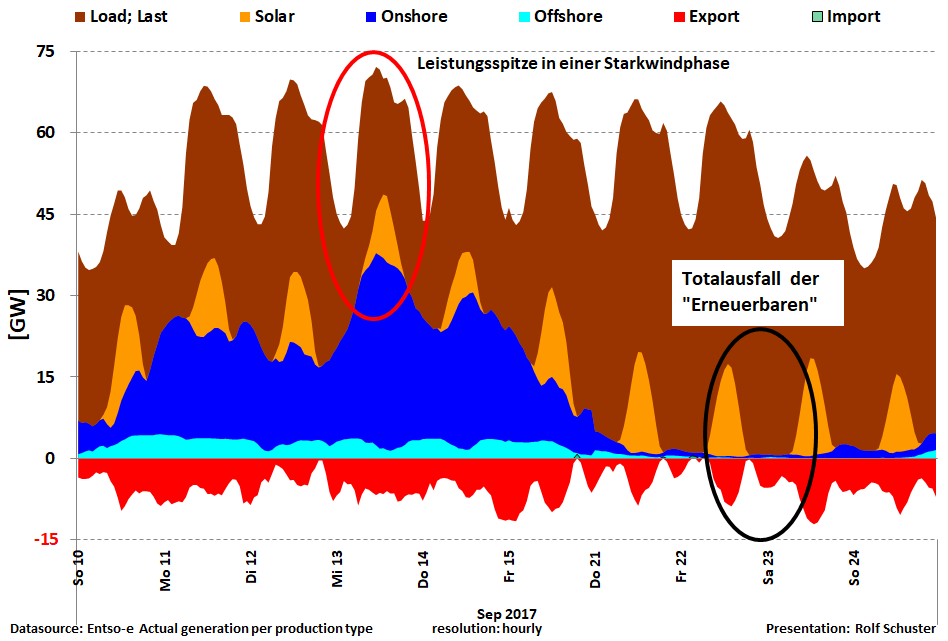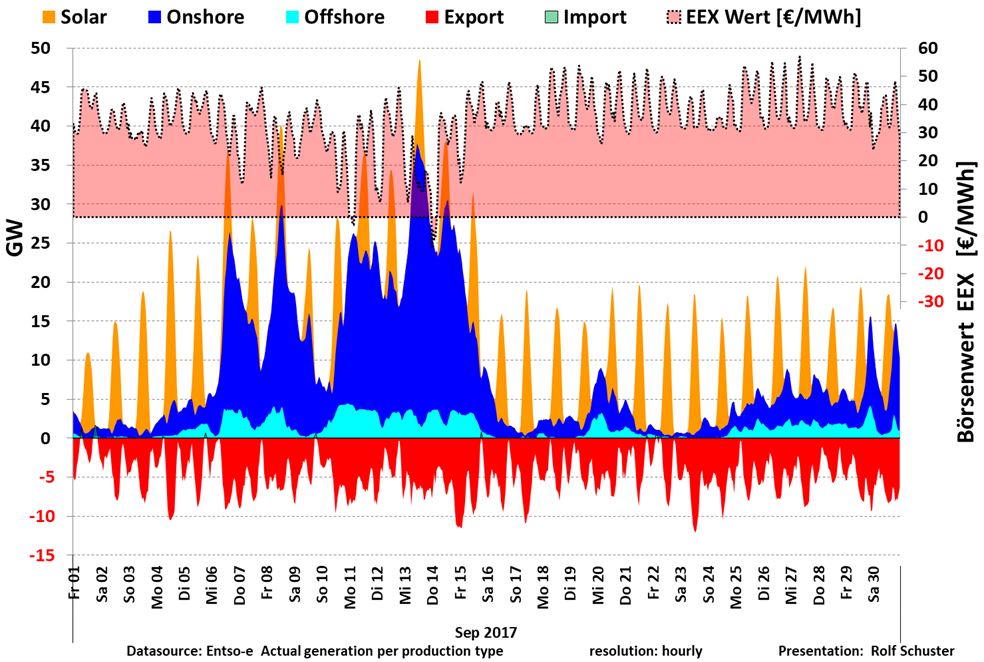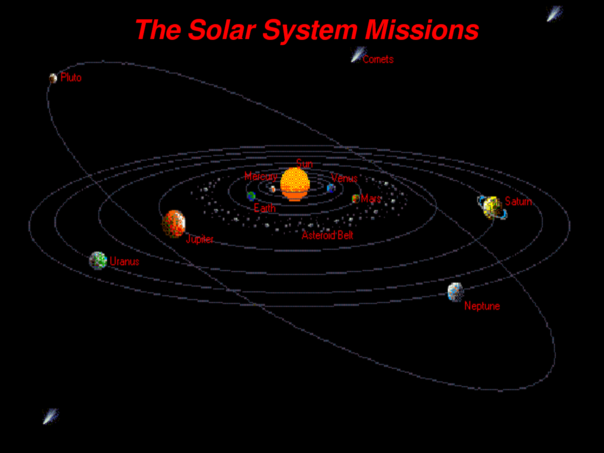
In the Universe everything moves. It spins, orbits and swings. Changes occur as cyclical variations of superimposed waves. There are no straight-line developments.
Several times I have been asked to translate our blog posts. Now this request has come from two university lecturers who teach foreign students. Hence the following:
(A klick on red text takes you to the source.)
The Atmosphere
Science made it possible to measure the temperature of the Sun and calculate how much its radiated energy would warm the Earth in the very cold Space. Then it became clear that the surface of the Earth is warmer than expected.
Studies of the planets and their moons revealed the same conditions on all celestial bodies with an atmosphere unlike those without an atmosphere. For the latter actual temperatures matched those calculated.
Thus, when finding a systematic difference between bodies with an atmosphere and those without an atmosphere, the obvious path is, of course, to study more closely how atmospheres work. Many scientists have done so.
T. D. Robinson and D. C. Catling have published a report on the matter:
On several planets and the moon Titan they have measured how the temperature relates to atmospheric pressure and altitude. They conclude the following:
- Energy balance with space occurs at a pressure around 0.1 bar, an altitude of approximately 11 km on Earth.
- The atmospheric composition of gases has no importance, i.e. carbon dioxide has no measurable influence.
- At lower altitudes the pressure is higher and the atmosphere becomes opaque to thermal radiation. As the altitude is lowered, the pressure increases and so the temperature, what is entirely compatible with the general gas law.
In a gas the molecules are always in motion with countless collisions with each other. The temperature is a measure of their velocity. When they happen to move downwards, gravity increases their velocity, i.e. their temperature. This cnstitutes what is incorrectly called the ”greenhouse effect”.
The added energy, i.e. temperature, is due to gravity !
This has also been explained by Hans Jelbring:
The Greenhouse Effect as a function of atmospheric Mass
Conclusion: The mass of atmospheric gases creates a pressure at sea level which is a measure of the so called ”greenhouse effect”.
Carbon dioxide, CO₂
There is so little carbon dioxide, CO₂, in the atmosphere that it is called a ”trace gas”, i. e. 0.04 % or 400 parts per million, ppm. Thus, of 10,000 air molecules only 4 are CO₂. However, three have been there for ages. It is only the last single one, that has been added after mankind started to burn coal and oil.
Carbon cycles
CO₂ is the carrier of coal in the natural ”carbon cycle” which is the prime condition of life, i.e. our existence. With the power of sunlight plants use the photosynthesis to break up CO₂ into oxygen and carbon. Together with water the latter is used to build plant tissues.
When plants die, their tissues are broken down to water, CO₂ and, occasionally, some methane. In early eras black and brown coal was formed.
Very large amounts of CO₂ are exchanged between air and plants, the biosphere.
The same happens between air and sea: Warm water around the equator emits CO₂, which is absorbed by cold water at the poles.
Due to the warming of last century both of these cycles have increased the volumes of CO₂.
How much CO₂ that is circulating is, of course, difficult to ascertain. It is further complicated by vulcanoes, which at times spew out large quantities of both carbon and sulfur dioxide.
Serious estimates show that only about one fifth of that last molecule of CO₂ can be attributed to human activity, i.e. one molecule of 50,000.
The carbon cycle is treated in many places on the Internet. However, most of them add erroneous statements about the impact of CO₂ on climate.
The IPCC hypothesis of carbon dioxide influence on temperature
The UN Intergovernmental Panel on Climate Change, IPCC, has launched the hypothesis of Anthropogenic Global Warming, AGW. Note that this is a political body, not a scientific one.
The hypothesis assumes that most of the global warming in the last century was caused by mankind’s emissions of CO₂. It is the open or hidden basis for all of their work.
The first chairman of IPCC, the Swedish professor Bert Bolin, claimed that CO₂ is driving the warming of Earth and this will become catastrophic unless we stop it, CAGW. For more than 25 years IPCC has tried to prove this with no success.
Because the Sun is hot, its radiation is short-wave. This incoming energy is balanced by outbound radiation, that is long-wave, infrared, from the cooler Earth, in order to keep the temperature stable.
According to the hypothesis emissions of CO₂ generate a warming as follows:
- CO₂ is assumed to absorb infrared radiation and so prevent this from leaving Earth. Addition of CO₂ will then cause a little warming of the atmosphere.
- This effect is so small that it does not worry. But the hypothesis assumes that more water vapor, H₂O, will evaporate from land and sea. It is some hundred times more powerful, because its content in the air is 10 – 40 times that of CO₂ and it has much wider spectral bands, that absorb radiation.
- H₂O would then increase the warming .
- Therefore the evaporation would increase again.
- This would continue, turn-by-turn, so-called feedback, so that H₂O would cause uncontrolled warming, which would be catastrophic.
Note that the hypotesis of the disaster rests on two assumptions and three speculative ”would” on top of each other, that is, uncertainty in the fifth potency.
The AGW hypothesis is so extremely farfetched an explanation to the warming of the last century, that it is simply absurd.
The warming stopped 20 years ago, whilst the concentration of CO₂ steadily increased. The Sun is now behaving like it did 200 years ago when the climate was cold, thereby announcing a few cooler decades.
It is now thoroughly proven that:
- Carbon dioxide has no measurable effect on the global temperature.
- The main drivers of our climate changes are cyclic variations of the Sun’s activity and of the orbit of Earth.
The Climate Warming Debate
In the current debate most arguments from media, politicians and activists are completely irrelevant. The occurrence of record temperatures, hurricanes, melting of glaciers or corals bleaching prove nothing about effects of CO₂. Nor do computer simulated ”climate models”, because nobody knows enough about the driving forces of climate to feed the computers with real data rather than guesses.
Guesses in equals guesses out !
Sture Åström
+ – + – + – +




 by
by 

![]()


